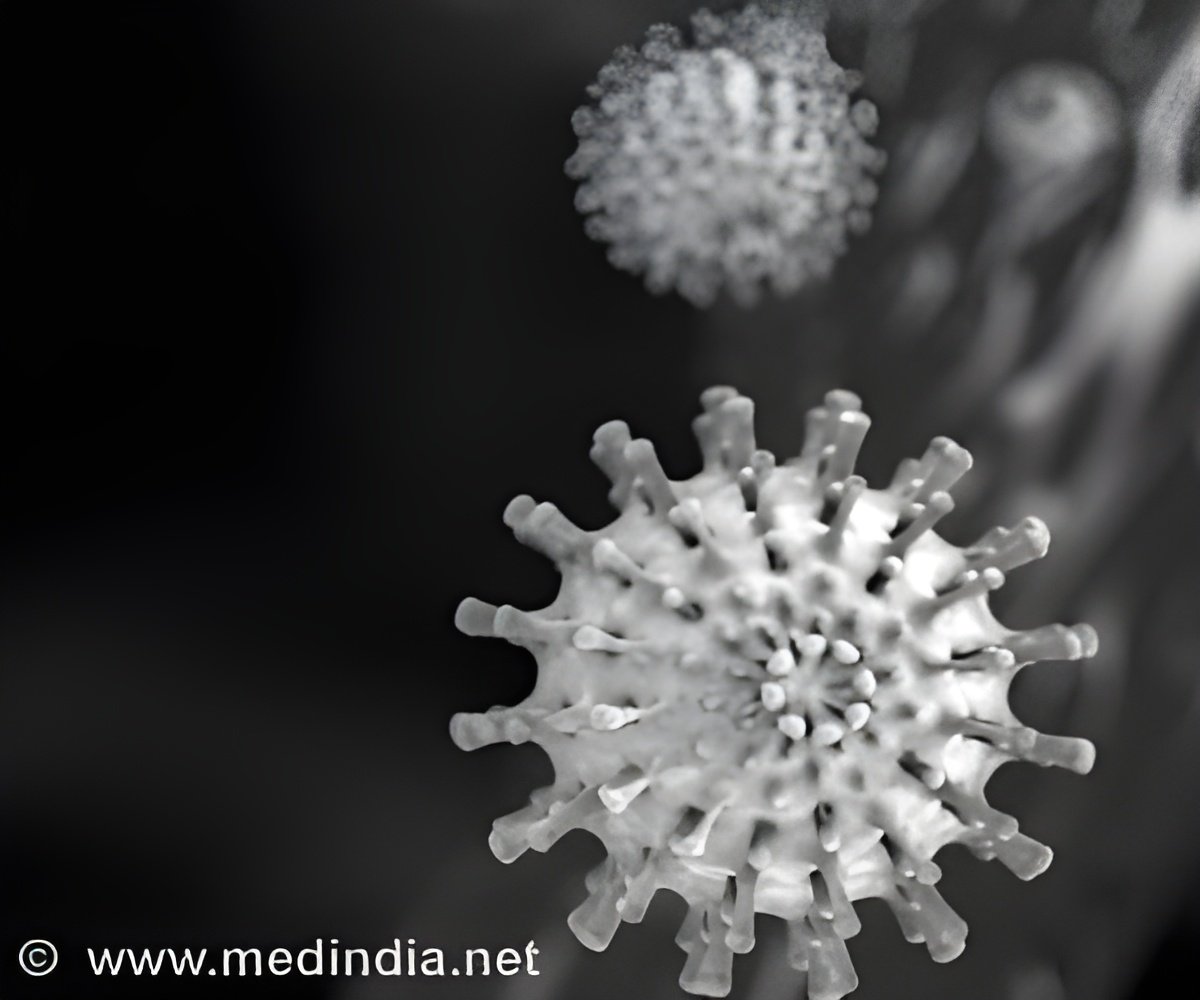Gold nanoparticles have unusual optical, electronic and chemical properties, which scientists are seeking to put to use in a range of new technologies.

‘A new production technique that could help pave the way for use of DNA-encoded nanoparticles in a range of cutting-edge technologies has been developed by McGill researchers.’





One approach that researchers have developed has been to use tiny structures made from synthetic strands of DNA to help organize nanoparticles. Since DNA strands are programmed to pair with other strands in certain patterns, scientists have attached individual strands of DNA to gold particle surfaces to create a variety of assemblies. But these hybrid gold-DNA nanostructures are intricate and expensive to generate, limiting their potential for use in practical materials. The process is similar, in a sense, to producing books by hand. Enter the nanoparticle equivalent of the printing press. It's efficient, re-usable and carries more information than previously possible. In results reported online in Nature Chemistry, researchers from McGill's Department of Chemistry outline a procedure for making a DNA structure with a specific pattern of strands coming out of it; at the end of each strand is a chemical 'sticky patch'. When a gold nanoparticle is brought into contact to the DNA nanostructure, it sticks to the patches. The scientists then dissolve the assembly in distilled water, separating the DNA nanostructure into its component strands and leaving behind the DNA imprint on the gold nanoparticle. (See illustration.)
Senior author Hanadi Sleiman, who holds the Canada Research Chair in DNA Nanoscience, said, "These encoded gold nanoparticles are unprecedented in their information content. The DNA nanostructures, for their part, can be re-used, much like stamps in an old printing press."
Some of the properties of gold nanoparticles have been recognized for centuries. Medieval artisans added gold chloride to molten glass to create the ruby-red color in stained-glass windows - the result, as chemists figured out much later, of the light-scattering properties of tiny gold particles.
Now, the McGill researchers hope their new production technique will help pave the way for use of DNA-encoded nanoparticles in a range of cutting-edge technologies. First author Thomas Edwardson says the next step for the lab will be to investigate the properties of structures made from these new building blocks. "He said, In much the same way that atoms combine to form complex molecules, patterned DNA gold particles can connect to neighboring particles to form well-defined nanoparticle assemblies."
Advertisement
Source-Eurekalert







